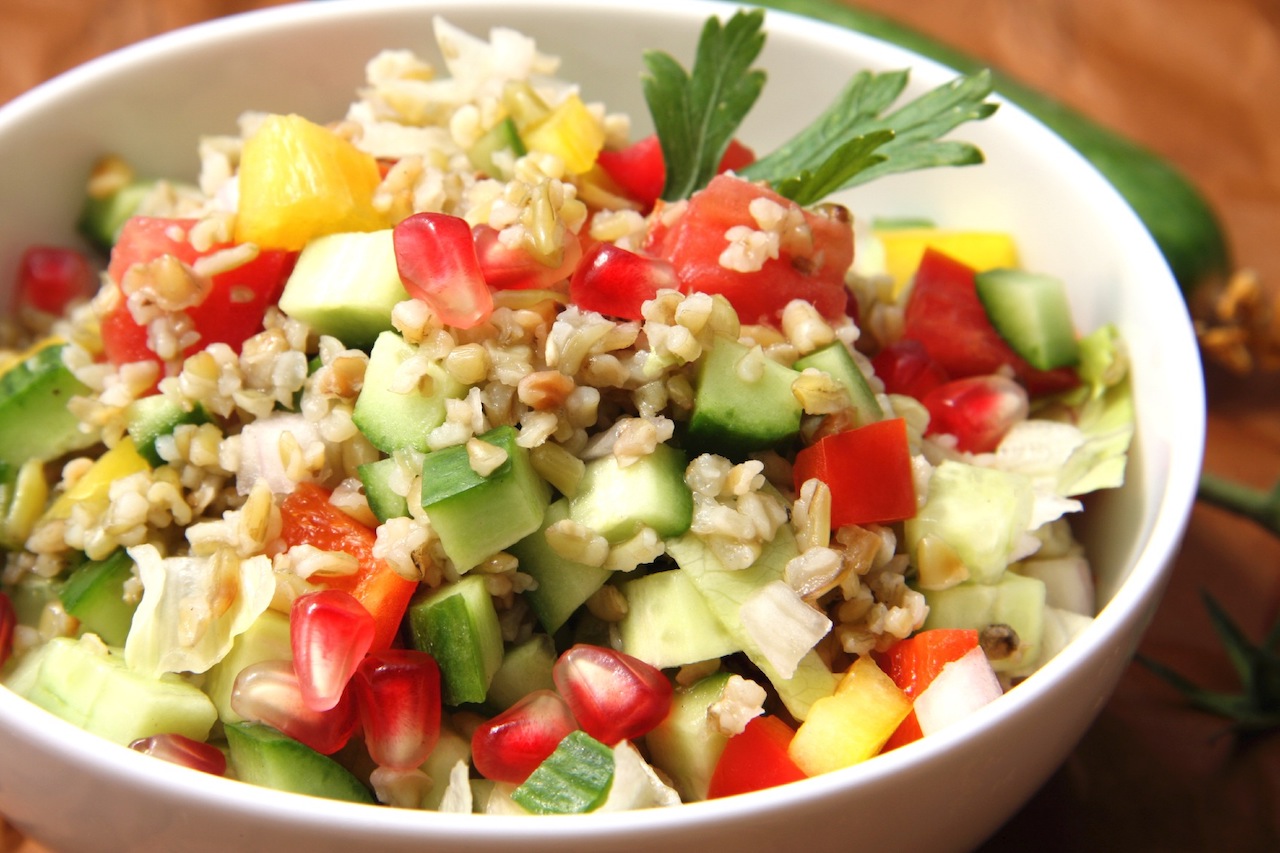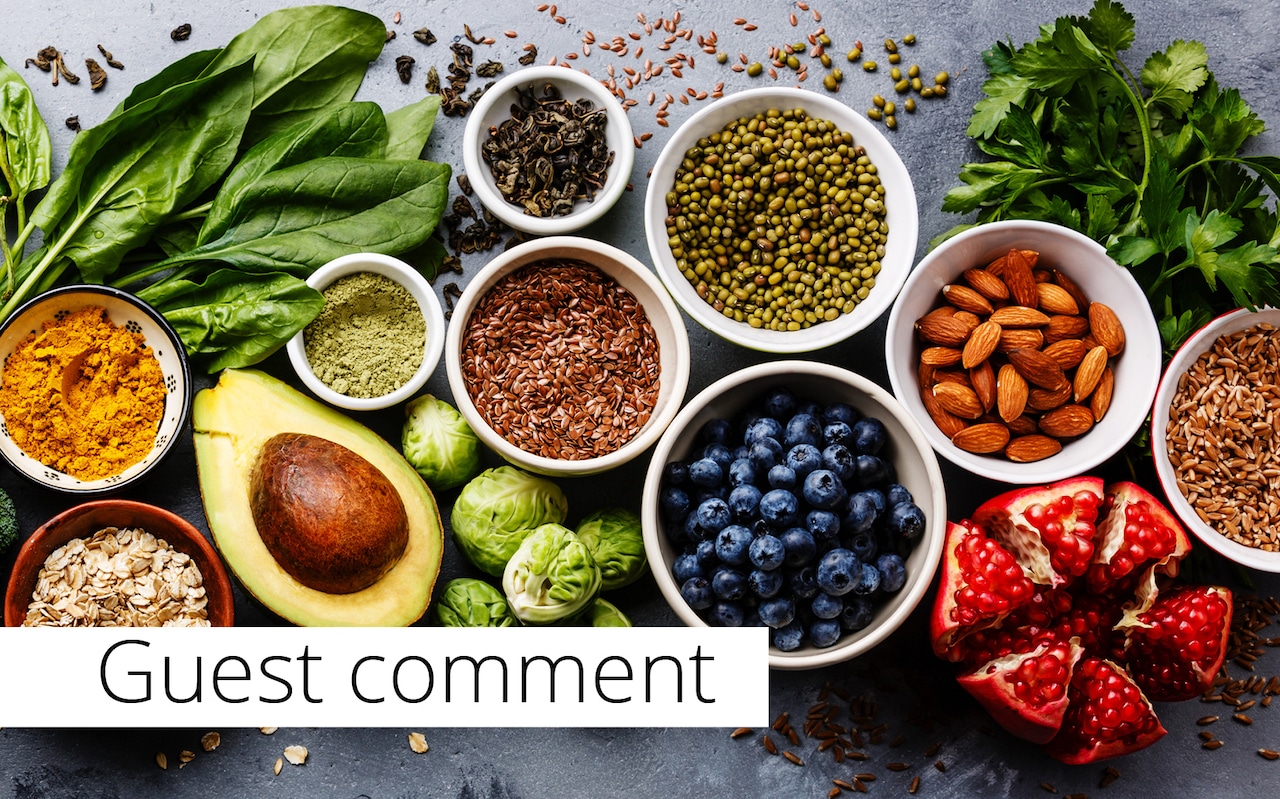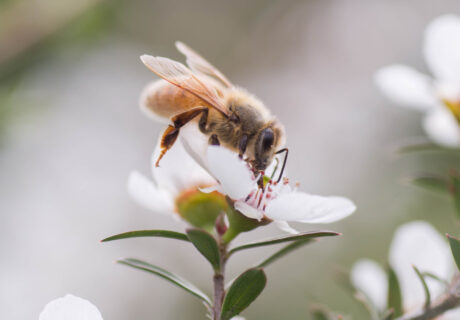Ancient grains are the latest ingredients to top modern eating trends. Among the first domesticated crops humans ate and cultivated, they are now seeing a resurgence as consumers continue to seek out replacements to traditional wheat flour in sweet and savoury foods.
They have a long-standing history in places like India, Africa and the Middle East, but they are gaining traction in Western countries now too. They have a reputation as a sustainable, healthy alternative to conventional processed grains, packed with nutritious vitamins, minerals and healthy fats.
Going against the grain
Increased demand for wholegrain and plant-based foods is a driving factor in their rise in popularity. Quinoa is still the most popular and widely available, but other grains set to follow the trend are freekeh, amaranth, buckwheat, kamut, millet, spelt, sorghum, fonio and teff, which have all seen a considerable boost in demand and availability. These grains are already appearing within breads, breakfast cereals, biscuits, crackers and sweet baked goods, as well as salads, soups and stews, and as prepared grains to be consumed as accompaniments or as an alternative to rice or couscous. They are the exact opposite of modern, processed grains and as well as being filling and tasty, many of them are naturally gluten-free, full of fibre and packed with protein and nutrients.
If the grains are used in ‘whole grain’ form, they are nutritionally much more beneficial than processed or refined modern grains products. Plus, many are grown organically so are better for the soil and the environment.
Many of these grains can be used in gluten-free (amaranth, buckwheat, millet, sorghum, teff) and non-allergen foods so it’s important to label them as such as this is a growing, lucrative market segment.
We are witnessing a trend for eating free-from, unprocessed foods, to fit in with today’s conscious lifestyles and eating trends. In addition, there is an increase in self-diagnosis of food intolerances, and a rise in consumers choosing to cut out certain food groups; this has led to a surge in demand for ingredients that fit into diets that omit processed foods. In response to this there has been a revival of certain food ingredients such as ancient grains.

Popping in
South American grains in popped or puffed format are also gaining a following either to eat as a breakfast cereal or to be incorporated into sweet and savoury foods. Quinoa, amaranth (known as kiwicha in the Andes), and kañiwa can be used on their own and sold as packaged breakfast cereals and granolas, incorporated into nutrition bars and healthy snacks or blended with seeds and nuts to create protein balls. Expect to see these popped grains, as well as popped spelt, as alternatives to sweet and savoury popcorn and flavoured snacks too.
Consumers are increasingly making healthier choices and looking for integrity when it comes to food, but they don’t want to compromise on taste, texture, appearance or quality. Ancient grains are an innovative addition to at-home bakery, finished food products and meal accompaniments and we’re keen to work with retailers, wholesalers and buyers to provide our quality grains and ingredients.





